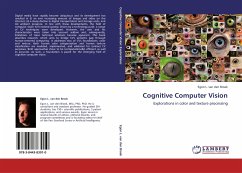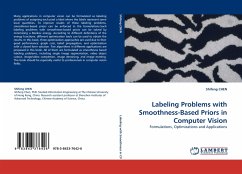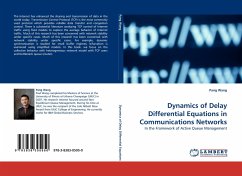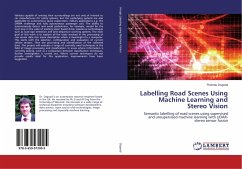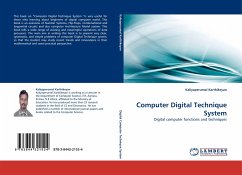Digital media have rapidly become ubiquitous and its development has resulted in (i) an ever increasing amount of images and video on the Internet, (ii) a steep decline in digital transportation and storage costs, and (iii) ambient presence. In line with these developments, the field of computer vision (CV) evolved quickly. Driven by a technology push, a range of CV techniques were developed. However, the user and his characteristics were taken into account seldom and, subsequently, limitations of mere technical solutions became apparent. This book describes research, which aims to bridge CV's semantic gap through human-centered computing. It addresses two of CV's foundations: color and texture. Both human color categorization and human texture classification are modeled, implemented, and validated for (online) CV purposes. Both approaches show to be (computationally) efficient as well as accurate. As such, a foundation is paved for the emerging field of cognitive computer vision.
Bitte wählen Sie Ihr Anliegen aus.
Rechnungen
Retourenschein anfordern
Bestellstatus
Storno

